Meet Krista Shepherd, a Phoenix Community Alliance "City-Shaper"
Krista Shepherd is among a new generation of stakeholders pushing Downtown into the future.
With a crew of equally talented designers, Multistudio has slowly built upon foundational works to create the elements of a true public realm.
In 2015, the firm relocated from Midtown to Downtown, motivated by a desire to operate in a rapidly changing, collaboration-rich environment where they could have an impact. Since then, the firm has done just that, quickly racking up consequential architectural and planning projects and key renovations and expansions of buildings in the Warehouse District, which include their own offices, to the current work of the Entertainment District, RIO PHX, and South Central Transit-Oriented Development (TOD), a five-square-mile masterplan around light rail.
Their operating ethos can be seen daily at Central Station, a mammoth architectural undertaking whose function balances multiple residential towers, a transit center, and ground-floor retail space for commuters and shoppers alike on an iconic position in the city.
In addition to her role as a principal, from 2014 to 2023, Shepherd served as a PCA Multi-Modal Connectivity Committee co-chair, promoting accessibility through public transportation and micro-mobility.
Phoenix Community Alliance (PCA) was built on the foundation of industry professionals who all share the same goal: to use their expertise to benefit the Greater Downtown Phoenix community.
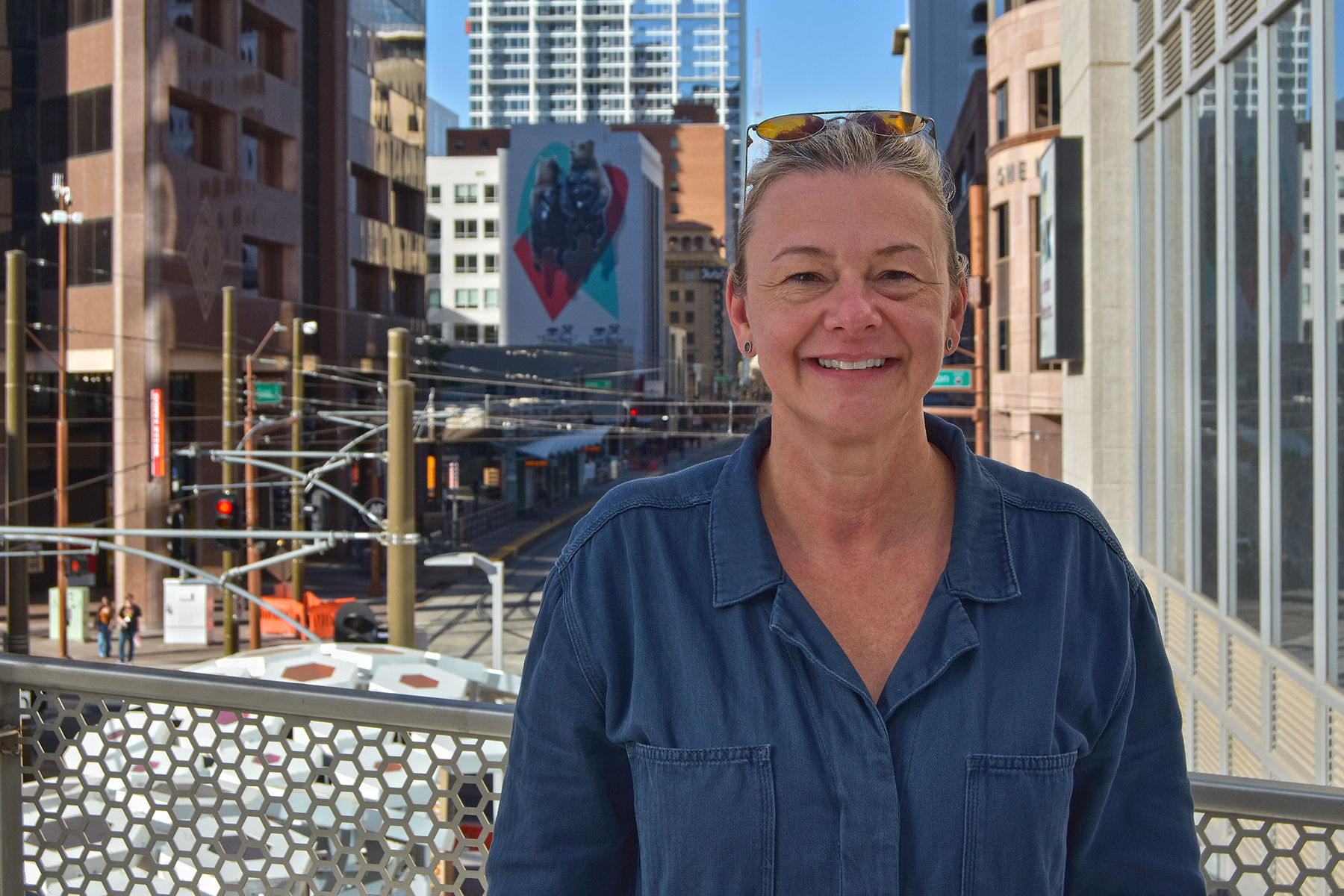
PCA: How did you join Multistudio when it was still Gould Evans?
Krista Shepherd: I was looking for a place to learn and grow. I went to the ASU School of Architecture for a Master's Degree and applied right out of graduate school. [Gould Evans, which became Multistudio in 2022] has been in the Phoenix area for 27 years, and I've been in the studio for 24 years.
I never thought I would stay here in Phoenix, but after graduate school, so much was happening in Downtown and Phoenix. Compared to Ohio, there was so much being built, so much to be imagined, so many opportunities that I couldn't go back. That was exciting to me.
In Phoenix, you have incredible access, no matter who you are. I was intrigued by the new rather than entrenched ways of thinking. The Mayor of Phoenix would call you directly on your cell phone, which wouldn't happen in Ohio.
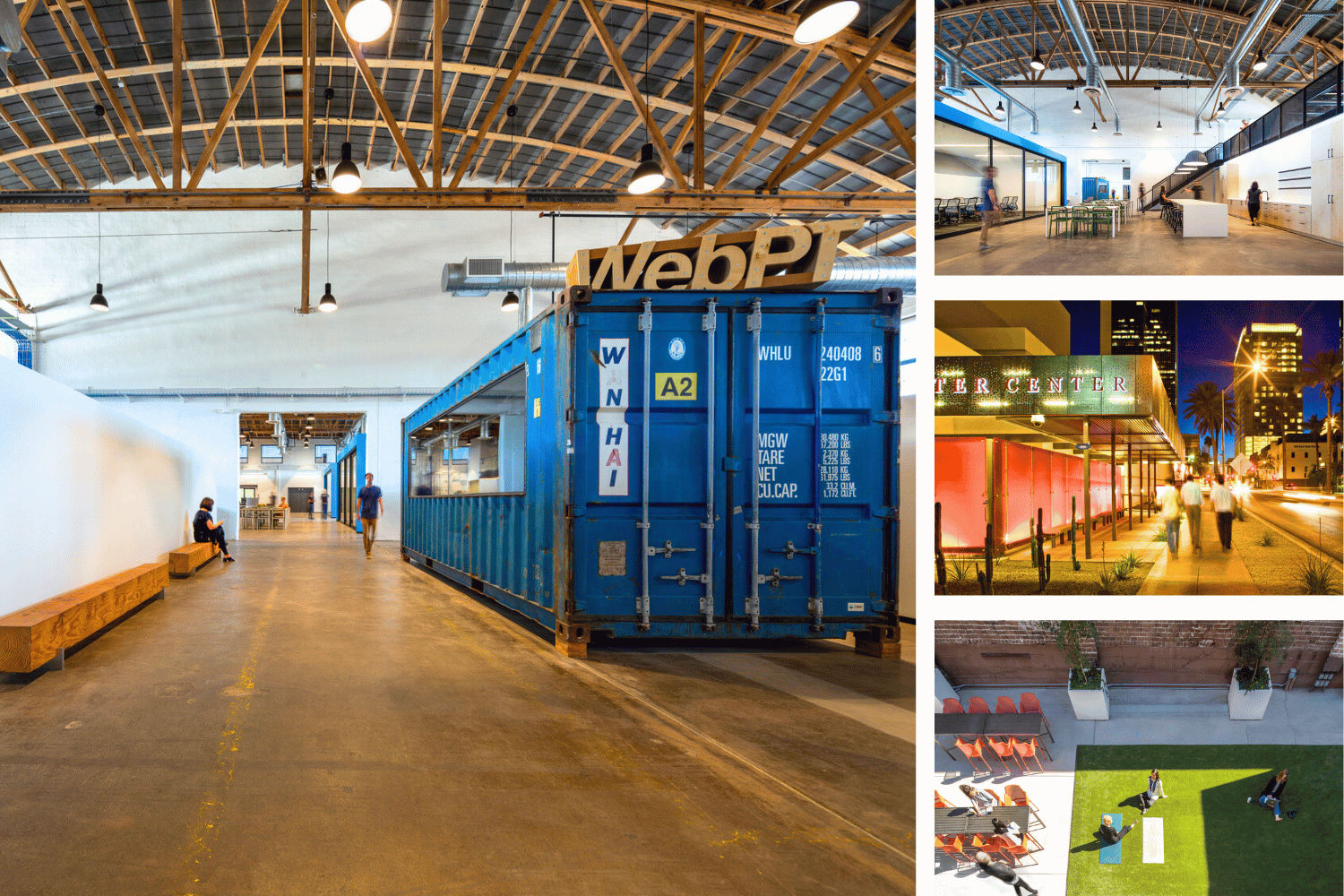
PCA: Over time, Multistudio slowly migrated closer and closer to Downtown. What motivated the firm to finally move to the Warehouse District from its old location in Midtown?
Shepherd: During the recession, we shrunk to a smaller office of around 17 people. We started thinking hard about what projects everyone wanted to be involved in. All the designers wanted opportunities to impact a transforming public realm and have community influence.
Mark Stratz [with Transwestern] helped us look around and showed us high-rises, and he could quickly read our body language that this would not work for our practice. If we're in a high-rise, I couldn’t show up wearing this jumpsuit and boots, get wood, and work as a team to make a mockup of something in the studio. That didn't fit our shared persona.
We were looking for a space that wasn't tidied up that we could fill with full-scale mockups before contractors got to it. That informs our design process of working with materials and form, which we bring to any design.
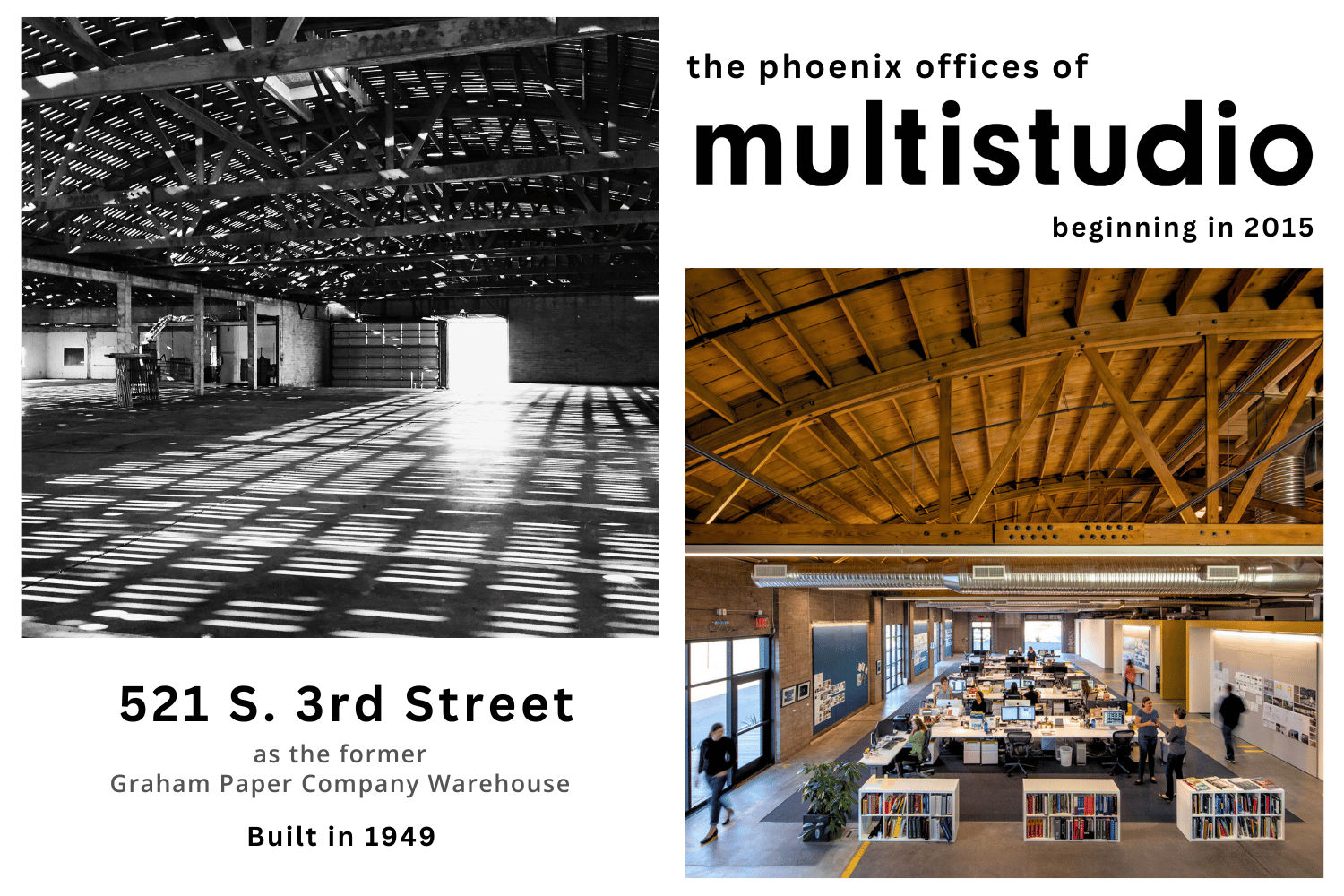
In the Warehouse District, we're part of the change in the neighborhood and intimately understand the details of the spaces we're making. It was essential for us to be active participants in the city.
PCA: Was that design process how something like your building’s former loading dock transformed into The Pit, the de facto “living room of the Warehouse District”?
Shepherd: We sought various spaces to engage with the city [fabric] because that building is uniquely positioned.
It's in this transitional zone. Although it is part suburban, with a parking lot to the east, it addresses Third Street as an urban frontage.
We really engaged the public realm with that loading dock. [Warehouse District Council President] Brian Cassidy named it “the living room of the Warehouse District.” It became so popular that people would call us to book it as an event space.
PCA: What would’ve been your introduction to PCA?
Shepherd: Julie Stanton, who worked in our studio in business development, was good friends with Don Keuth, and she said to me, “You know, PCA is really changing, and they need new, younger blood in there. You ought to go to this meeting.”
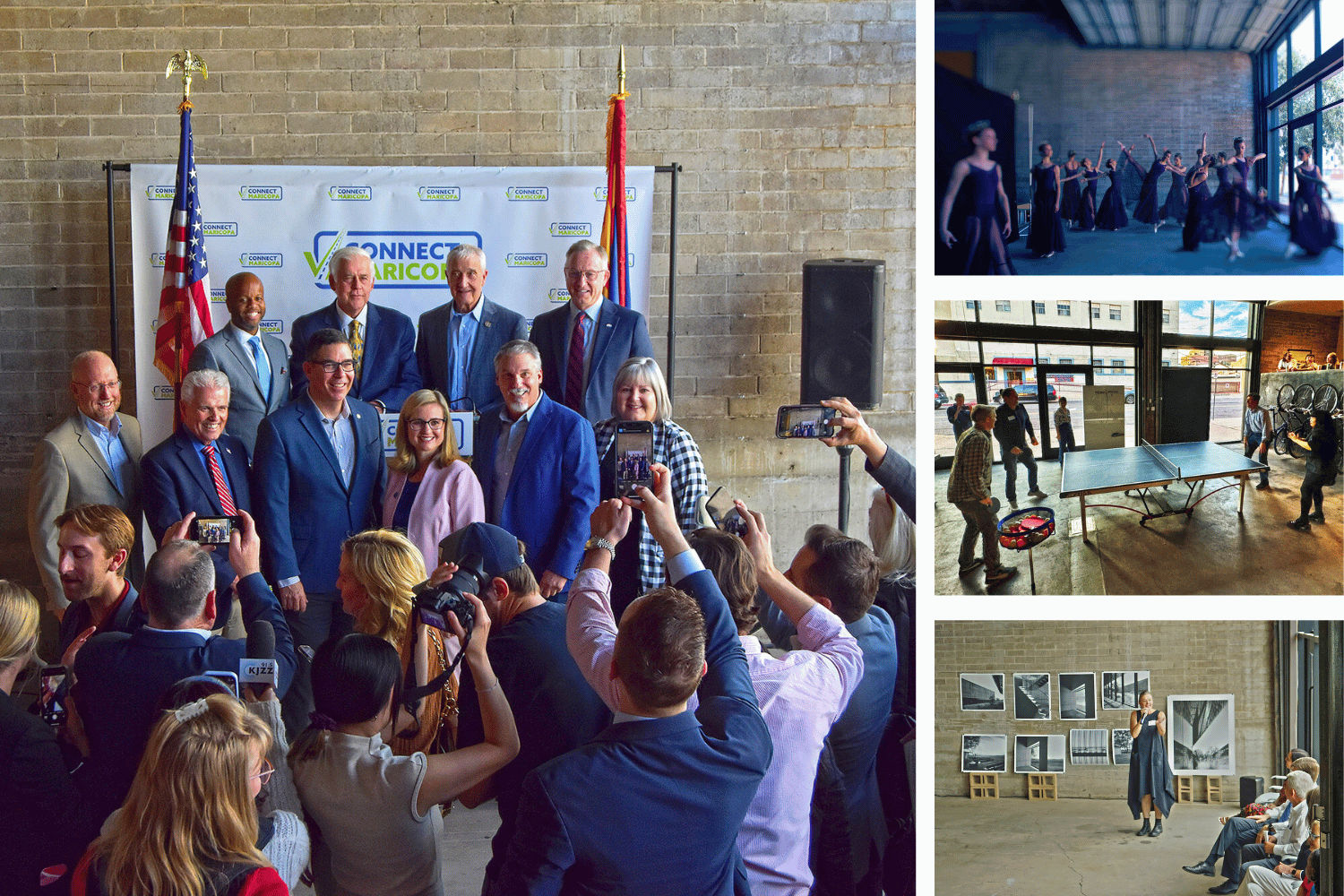
I sat on the executive board, looked around the room, and questioned myself. I was the youngest and one of the few women in the room. Everyone was way more experienced than me, and I was intimidated. Certainly, my jumpsuit is quite different from people showing up in suits, but today, I feel PCA is far more diverse and welcoming to the full range of people who make up the city. Devney [Majerle] had a lot to do with changing PCA’s engagement.
But I always went and listened [to what was said]. There was something to learn and understand how Downtown was working, and it [modified] what I should be thinking about. I like being with people with incredible knowledge I don't have.
Don Keuth was a huge advocate for our firm, and he introduced us to Bill Smith from Smithfield [Properties] around the Central Station Redevelopment. He said, “Bill Smith is a Chicago developer and will make big waves Downtown. I want to introduce you.” It was really through those conversations that we got involved in the first proposal for Central Station. My connections to PCA have always been meaningful in the work that we're doing and how we can contribute.
PCA: It’s heartening when Don's name comes up in these conversations because it keeps his memory alive. We're moving so fast, and everyone is proud of PCA’s growth, but he did a great job working with the landscape at the time. To that point, how did your work within the advocacy Committees evolve as PCA shepherded policy?
Shepherd: There were few Committees, but I remember being asked to co-chair the Multi-Modal Connectivity Committee with Margaret Dunn because I was on the Executive Committee. She had run it the year before because it was a newer Committee.

And I said, “I’m an architect; I don’t know anything about transit, but I’ll try it.” I find myself in places where I have no business but find my way, and I enjoy that. That’s how I find myself in most adventures.
After a while, light rail was underway, and the Committee was grappling with the question, “Now what?” What are the other things connected to light rail? We started to think more broadly about what it means to be mobile, on foot, or in forms of micromobility.
[When I was co-chair for] those last two years [from 2021 until 2023], we had many advocacy items, certainly the e-scooter pilot program. Micromobility is a big deal. It was a perfect learning opportunity to see how PCA can work at the policy level with the city.
We advocated for an in-between space for testing and proposed change in our city through a pilot program. Testing is an essential aspect of design. When designing a city, testing before fully committing is important.
PCA: Where did Multistudio pick up that thread for Central Station after it briefly went dormant after that first round of development proposals?
Shepherd: Bill Smith [of Smithfield Properties], the original proposer selected for the redevelopment of Central Station, passed away [in 2016], but the city was still interested in moving the redevelopment forward. They submitted RFPs [Request for Proposals] for a development. The new developer wanted to work with a local architectural firm and learned we were on the Smithfield proposal.
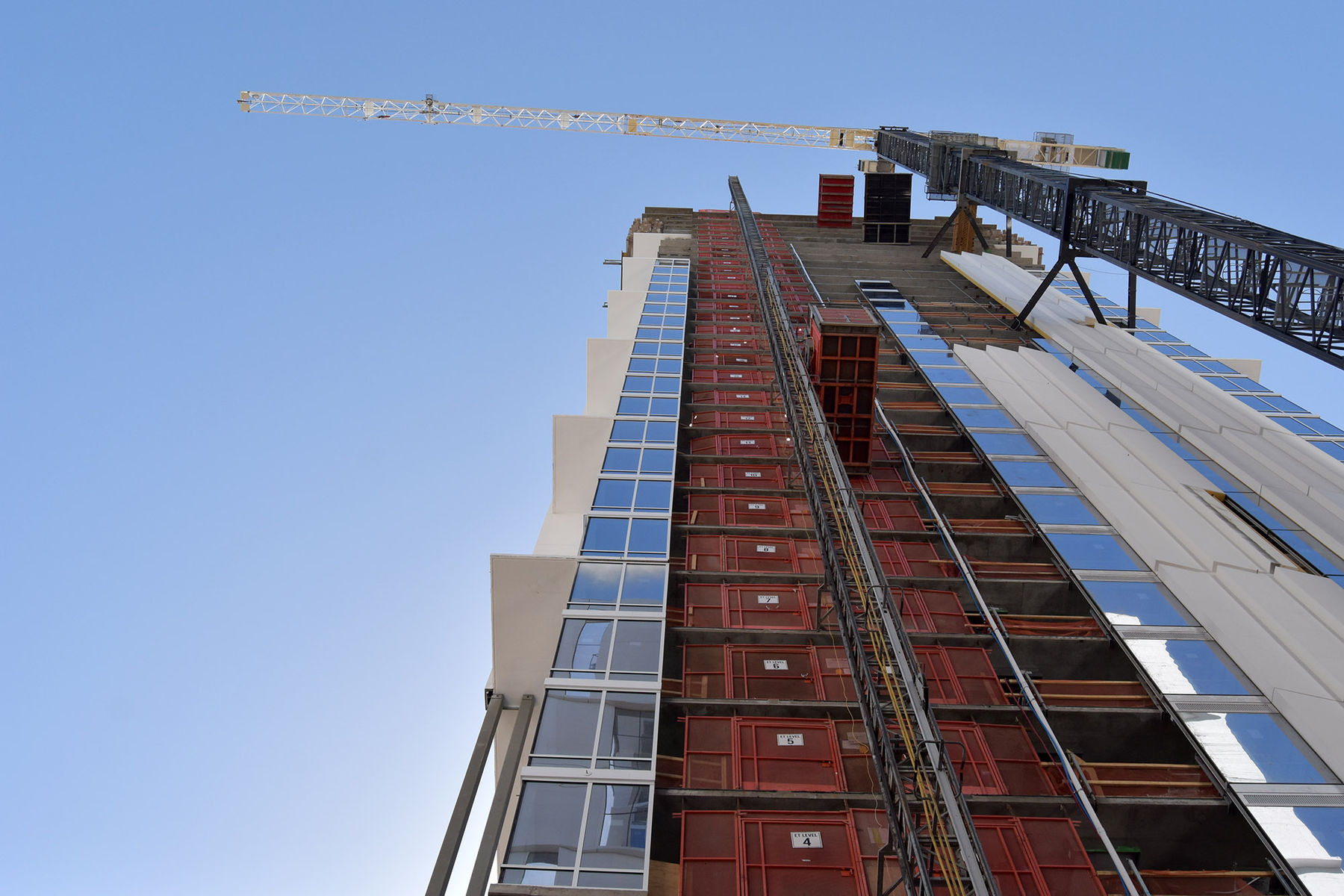
Then we met Monzer Hourani [Medistar's CEO] and hit it off in that first meeting. He put his hand out to shake my hand and said, “You're going to be my architect.” And I asked, “Just like that?” And he said, “Just like that.” So, it was surprising and bold that he operated from a personal gut feeling, especially for a challenging project.
He envisioned a humane existence in an urban environment, which you rarely hear about, and we were attracted to that vision. Putting the parking below was the first key move to spark an interaction of the ground plane. We paid a lot of attention to how the towers were positioned on site so they didn't overshade the park.
Additionally, the city mandated that the [uninterrupted] North-South drive [off of Van Buren] be maintained in the design. It’s interesting that the city made that constraint for the site on the RFP and felt that we should address it as a creative opportunity.
What it's done is create a four-sided development with few back doors and improve an urban pedestrian environment and its connectivity to transit. Frankly, the site is better for addressing the constraint in the public realm, even if it’s a private project.
PCA: What excites you about the future of Greater Downtown and the place that PCA and Multistudio have within that vision for our core?
Shepherd: We’re both advocating for the qualitative environment, and there's much energy to move our city into a vibrant position that does it on its own. The stitching of Downtown [different communities] is important. We will always be interested in projects that build a distinctive qualitative place, not necessarily something you've seen before.
To that end, Multistudio has multiple irons in the fire.
As the connections to Downtown improve south and outward, Shepherd and Multistudio play an outsized role in redefining the texture of our urban environment and shaping the open spaces for everyone in the years ahead.
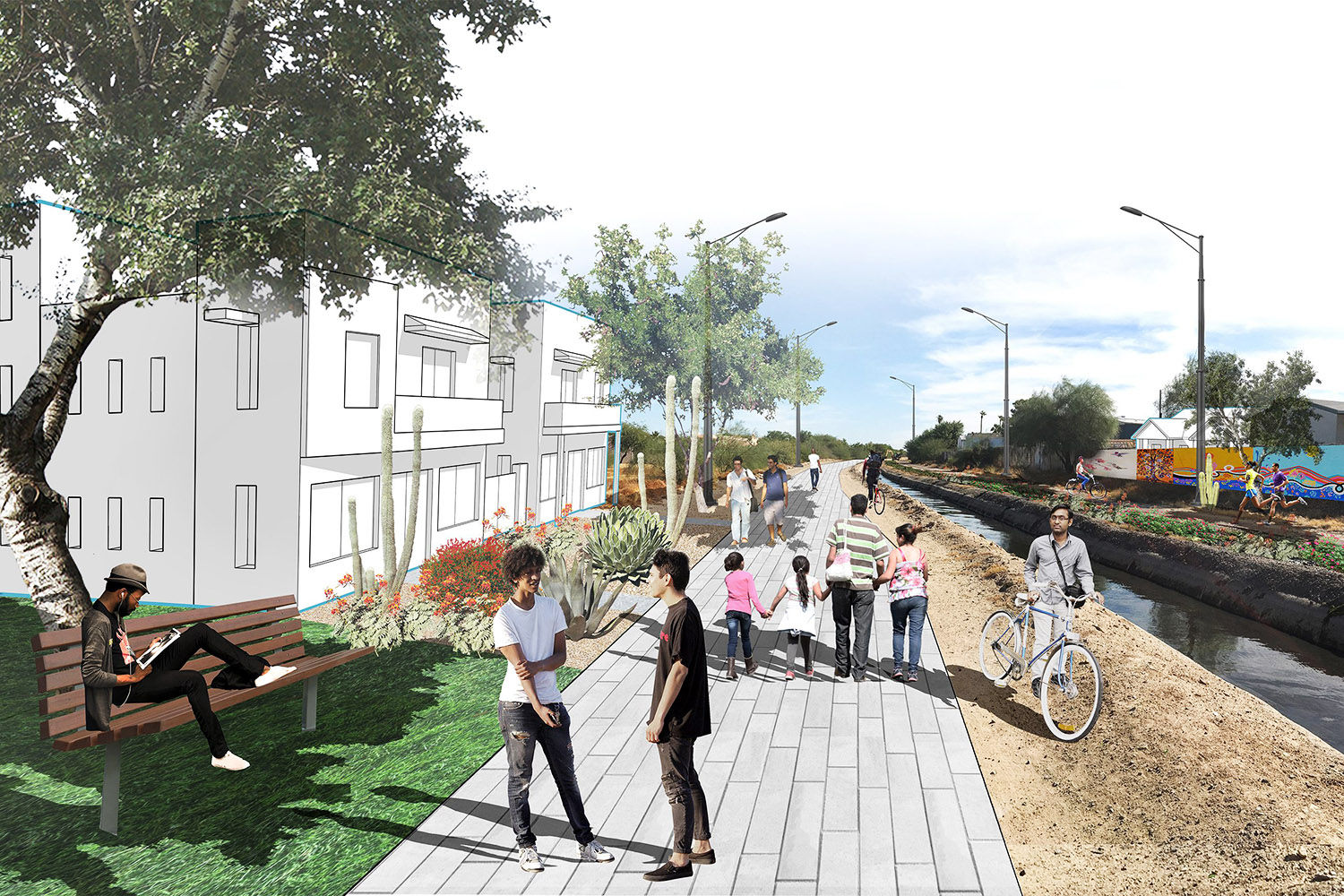
With ambitious goals for the City of Phoenix to transform into “the most sustainable desert city in the world” enshrined in official policy, Shepherd takes to heart the opportunities Multistudio has to enrich the community with distinct microclimates under the same sun.
Currently, they’re guiding the effort to reorient Downtown as the new light rail routes spark opportunities for South Central neighborhoods. Along with other PCA members like Phoenix Revitalization Corporation and local partners like the South Central Collaborative, they are seeding incremental equitable change (and not displacement). To that end, a shared community vision anticipates growth through reimagining infrastructure and including public green spaces.
Their work dovetails important projects to welcome new visitors discovering the desert through the future Entertainment District, a project in which Multistudio is the design consultant with HR&A Advisors.
True to her love of city-making for Phoenix, the work is not borne of a single person’s priorities but the collective vision of Multistudio’s Phoenix office and countless stakeholders.